Fighting Fire with Compassion: Ecosystem Restoration and Sacred Understanding at the Drala Mountain Center
Background
In late August 2020, the sky above Northern Colorado turned a deep orange from the smoke. Ash fell like snow, coating cars and bicycles, as the Cameron Peak Fire raced across hundreds of acres of overcrowded coniferous forest to the west. Houses and businesses burned, and over six thousand people were evacuated as hundreds of firefighters worked to contain the blaze. A finger of fire on the northern edge jumped fire break after fire break, hurtling through years of overgrown forest until it reached the Drala Mountain Center. There, at last, firefighters were able to contain that edge of the blaze and save many more people and homes to the east.
To understand how this happened, we need to go back about a hundred years.
During the late nineteenth century, early conservationists in the United States argued for total fire suppression in the coniferous forests of the West. Fires were a threat to commercial timber supplies. This threat appeared as a prophecy when, in 1910, the “Big Blowup” occurred. Forest fires raged across Montana, Idaho, and Washington, burning three million acres of land. As a result of the devastation, the Forest Service enacted a new policy of total fire suppression.
This policy held until the 1970s. Ecological research began to reveal what Indigenous groups in the United States had long known — the forest needs to burn. Before European colonization, “cultural burning” — the practice of setting controlled fires for a specific outcome — was used as part of Indigenous groups’ stewardship of their homes.
These fires maintained prairies for grazing and improved habitat for specific plants. Among groups living in the Rocky Mountains, regular forest fires reduced fuel load on the forest floor, decreased insect infestation, and helped generate biodiversity. Allowing these periodic fires to occur meant decreasing the likelihood of catastrophic wildfires and increasing the overall health of the forest.
These days, the National Park Service employs a controlled burn approach — allowing fires to burn under prescribed conditions. But nearly one hundred years of damage can’t be undone in a few decades, and the resulting overcrowded trees throughout the Rocky Mountains still pose a significant risk.
In the midst of all this is Drala Mountain Center (DMC). Previously known as the Shambhala Mountain Center, DMC is a 501(c)(3) nonprofit retreat center dedicated to the wisdom traditions of Shambhala Buddhism. Their center is located on 600 acres of coniferous forest and alpine meadows in the Colorado Rockies.
Like many places in the Rockies, the area around DMC had degraded due to fire suppression.
Michael Gayner, the Executive Director at DMC before and during the Cameron Peak Fire, told me during an interview, “What would have been normal in that climate for tree density was much higher. That overcrowding created a number of issues — water is a premium [in Colorado], so the trees would compete for water and become vulnerable to disease and predation.”
And disease and predation were exactly what happened. As the trees competed for fewer resources, they became susceptible to pine beetle infestation, a major problem in the Rocky Mountains. The beetles use pine trees to lay their eggs. They burrow into the wood, cutting off the flow of nutrients and water, which kills the tree from the inside. Trees afflicted by pine beetles lose their glossy green, turning brown and crumbling into dry tinder on the forest floor.
As epidemics of mountain pine beetles continued to occur, Michael could tell the forest was sick. Treating those individual symptoms, like the pine beetles, did not have a holistic effect. Something deeper was needed to combat the underlying disease.
Around this time in 2018, a man named Mac McGoldrick reached out to Michael about the possibility of improving the land in partnership with the Fort Collins Conservation District (FCCD), now known as the Larimer Conservation District. At the time, conservation districts sought to partner with nonprofit allies to undertake the work of creating a healthy forest and ecosystem. Holistically creating a healthy ecosystem is the best protection against extreme wildfires, as it means the ecosystem is more resilient overall. DMC couldn’t do that work on its own, but it could if it partnered with FCCD. It seemed like the perfect solution.
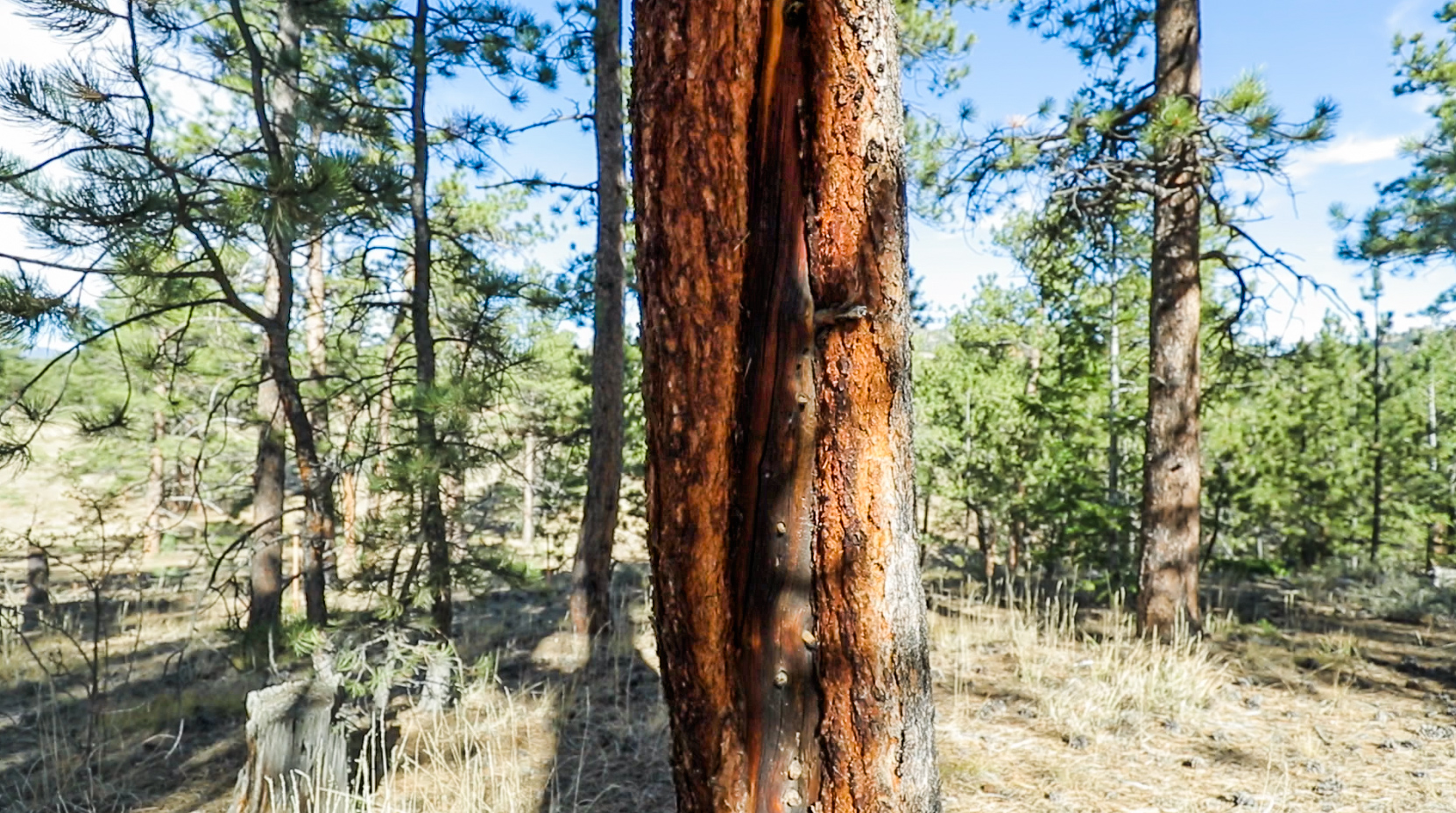
Challenges
Restoring a healthy ecosystem out of decades of fire suppression is no small feat.
Getting the community to see and understand the need for holistic treatment was even harder because the work that had to be done was not beautiful, peaceful, or pleasant.
Gretchen Reuning, who led the project, likened the work to knee surgery; “It’s probably going to be worse before you feel better.”
To create a healthy forest, nearly 70% of the trees on the project site needed to be removed. “Fire suppression for over one hundred years has led to too many trees on the landscape,” Gretchen told me during our interview. “The problems start to snowball. You have all these regenerating trees that create too much fuel in a hotter, drier climate.”
The work of tree density reduction results in significant initial damage to the area. Heavy machinery needs to be brought in, and the landscape looks intensely different in the aftermath.
Michael was on board. But convincing the community was another matter.
“A significant portion of the staff were adamantly opposed to this,” Michael said. “They suspected some angle or disinformation.” Places like DMC exist on the periphery of social norms, and those who are drawn to them tend to be suspicious of government and authority. Building the necessary trust between the conservation district and DMC staff simply wasn’t going to happen overnight.
Additionally, the forest surrounding DMC is of great importance to the community. For the people there — practicing Buddhists and other spiritual individuals — the forest is more than just background. It is a friend and teacher, a place of solace and rest. Many members of the community had formed relationships with specific trees. To lose those particular friends and watch the landscape be changed so drastically was an incredibly hard case for Michael to make.
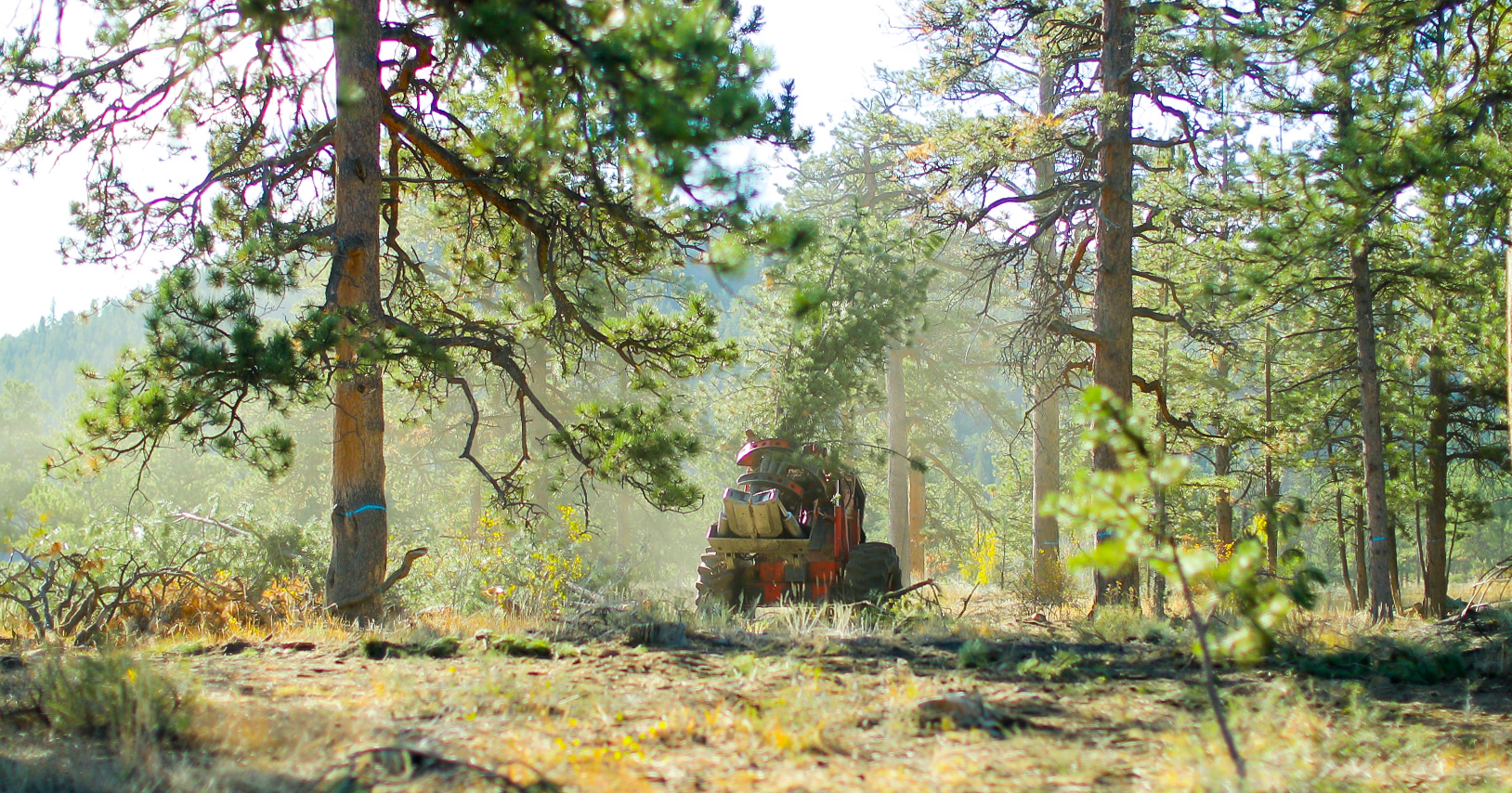
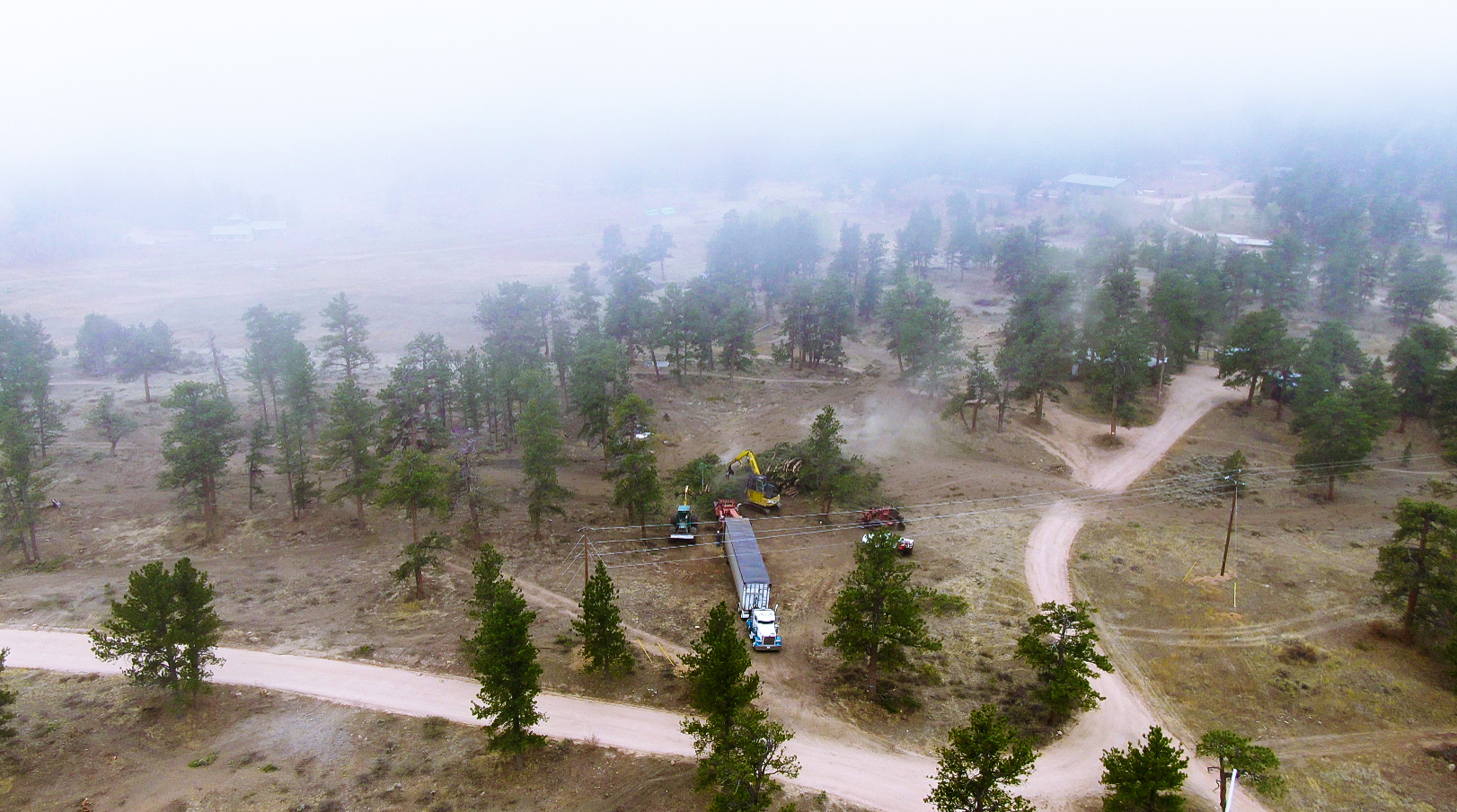
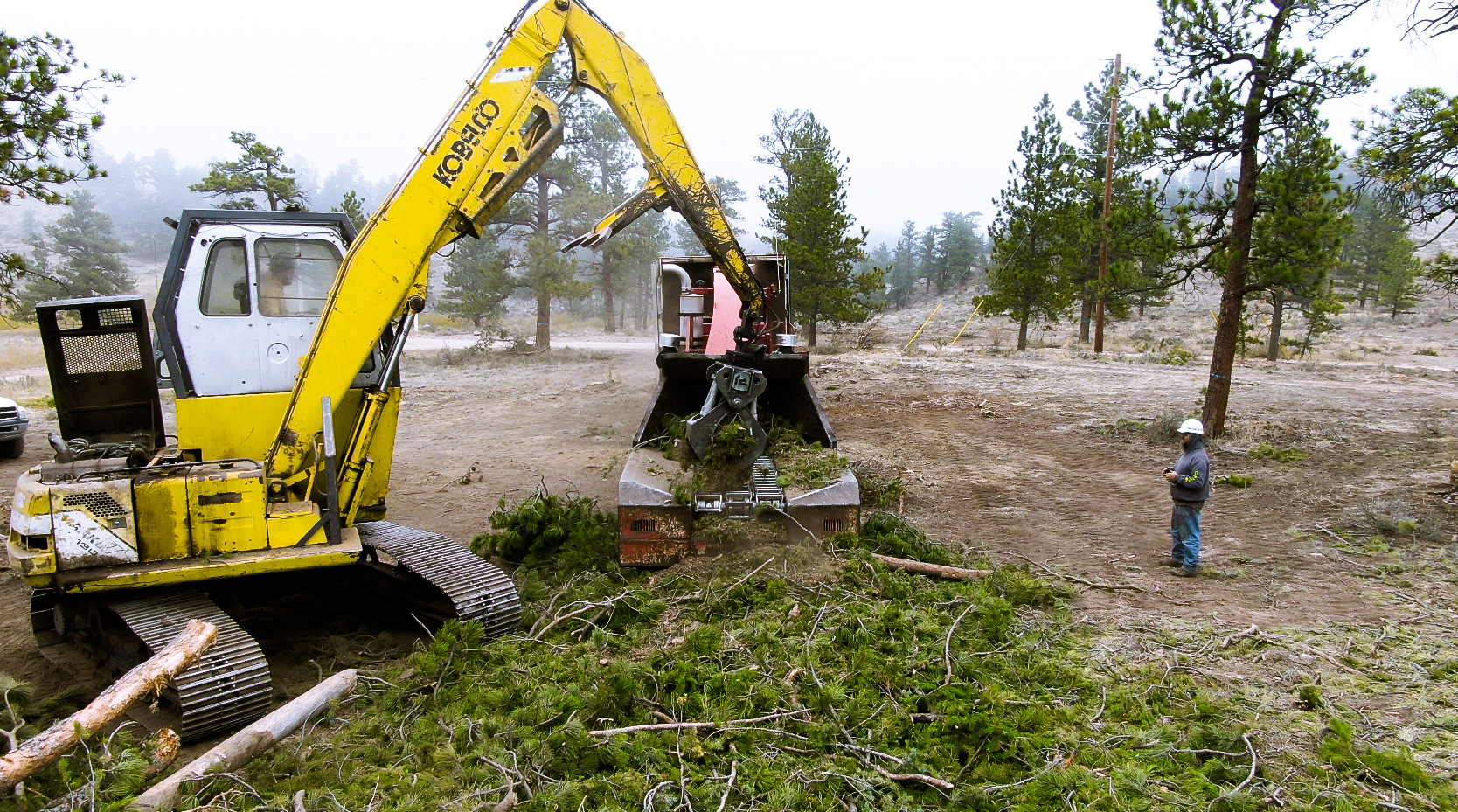
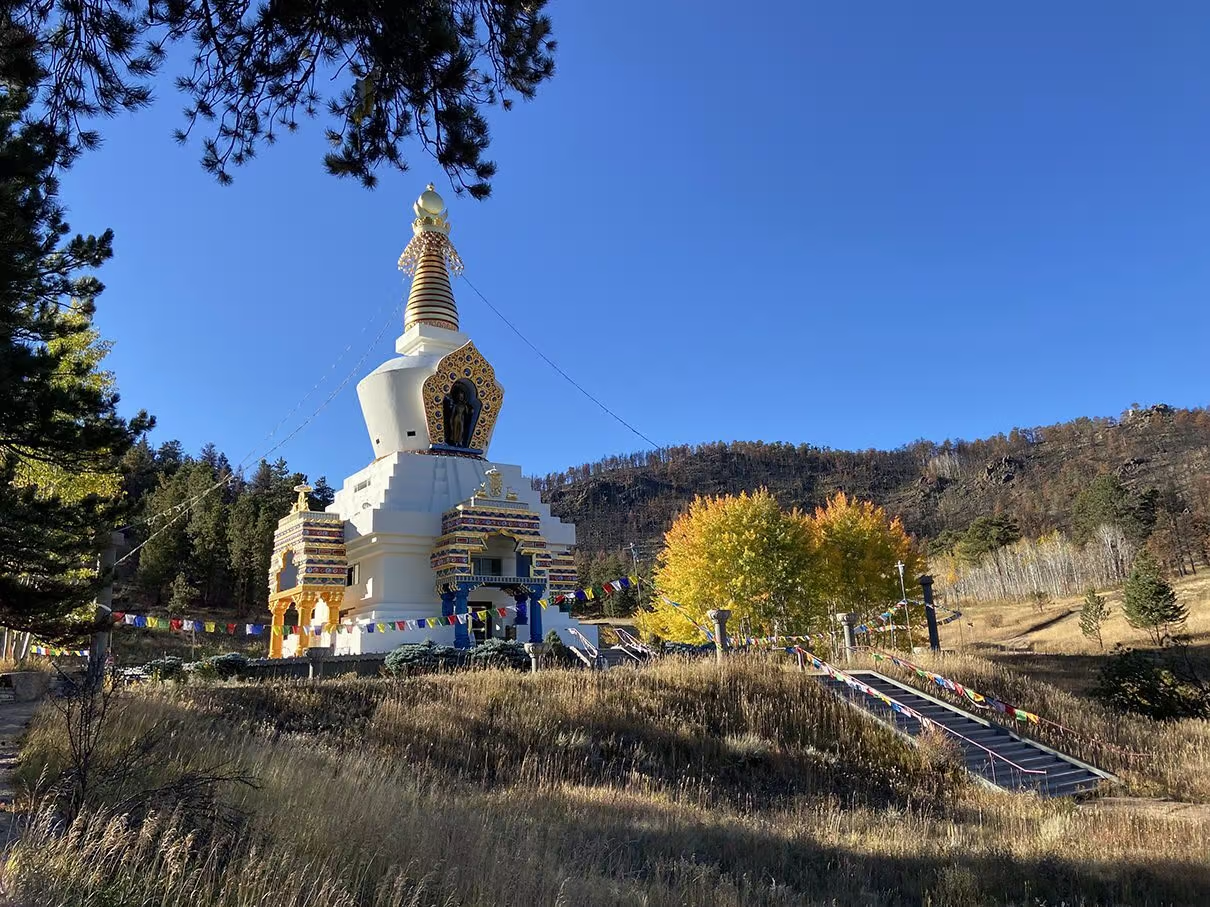
Conclusion
Spiritual practices often tap into the unseen.
The changes to the forest would be visible, but with them would come unseen changes — that of having a place you deeply care for reshaped completely. Even if it’s the right thing to do, such transitions are painful. Michael recognized that the community needed a way to process this change on a deeper level.
When I asked him how he approached getting the community on board, he was quiet for a little while. “Within Buddhism,” he told me, “there’s some quality that recognizes our perceptive capacity has limitations. There are other ways in which sentience can exist, in which wisdom can exist. In Buddhism, they talk about it in terms of non-duality. If you go beyond dualistic fixation, you can tune into wisdom that exists as a quality you can tap into.”
In advance of the work, DMC invited a Tibetan teacher to the site to perform a Buddhist ceremony called a puja. Puja ceremonies encompass a wide range of spiritual practices, including bowing, prayer, and offerings. The goal of a puja as a ritual is to create merit. The ritual unites body, speech, and mind to produce energy that is greater than the sum of those participating. That energy acts as an offering — an acknowledgment of the suffering of all sentient beings.
“Puja is complicated,” Michael told me. “The ceremony is meant to demonstrate how serious this is. Bringing together the human experience and the natural experience. It heightens that experience and allows the poignancy to touch your heart so that there can be a catharsis — so that you can really tune into what it takes to create health in unhealthy times.”
The puja was performed twice — once before the work began and again after it concluded. “There’s an aspect [of the puja] which is very shamanistic,” Michael said. “The forest as a being. We’re saying, ‘I’m here to help; we’re sorry for the suffering, but hopefully, this will be good medicine in the end.’”
Two years later, Cameron Peak Fire came for DMC. It roared across the Rockies in all directions, and a section of it stretched north and east toward the retreat center. It jumped every fire break and ran roughshod over the Poudre River while firefighters tried desperately to catch it. Eventually, those firefighters reached DMC.
“When the fire folks found out about the work we’d done, they planted their flag there,” Michael told me. “They said it was the most defensible place they had. They anchored their northern defense at DMC and built their line down to the Poudre from there.”
And at the DMC, the line held. The retreat center lost buildings, but where the work had been done, they lost only 5% of the trees.
That success has become a blueprint. “DMC has been the poster child in Larimer County after Cameron Peak,” Gretchen told me. “The fire had been coming so fast, but it stopped at DMC. There wasn’t enough fuel for the fire to burn.”
The work done at DMC saved countless lives and buildings beyond them.
The partnership with the Larimer Conservation District has bloomed — they are now working with DMC again to revitalize a stream running through the property through the new Riverscapes program.
Gretchen said, “The spiritual side of this for me is the relationships we were able to build through this work. It was one of the first projects I took on, and it was really big and scary. I had to lean into building relationships where the science and the spiritual side of things could work together.”
“On a technical level, we could have done the work without the puja,” Michael said as we wrapped up our interview. “But that’s not how we roll. A spiritually informed approach means allowing situations to touch your heart. You have to be vulnerable and open. It makes vulnerability a path to strength, to develop the capacity to hold people rather than developing strategies for defeat.”
By Julia Pillard